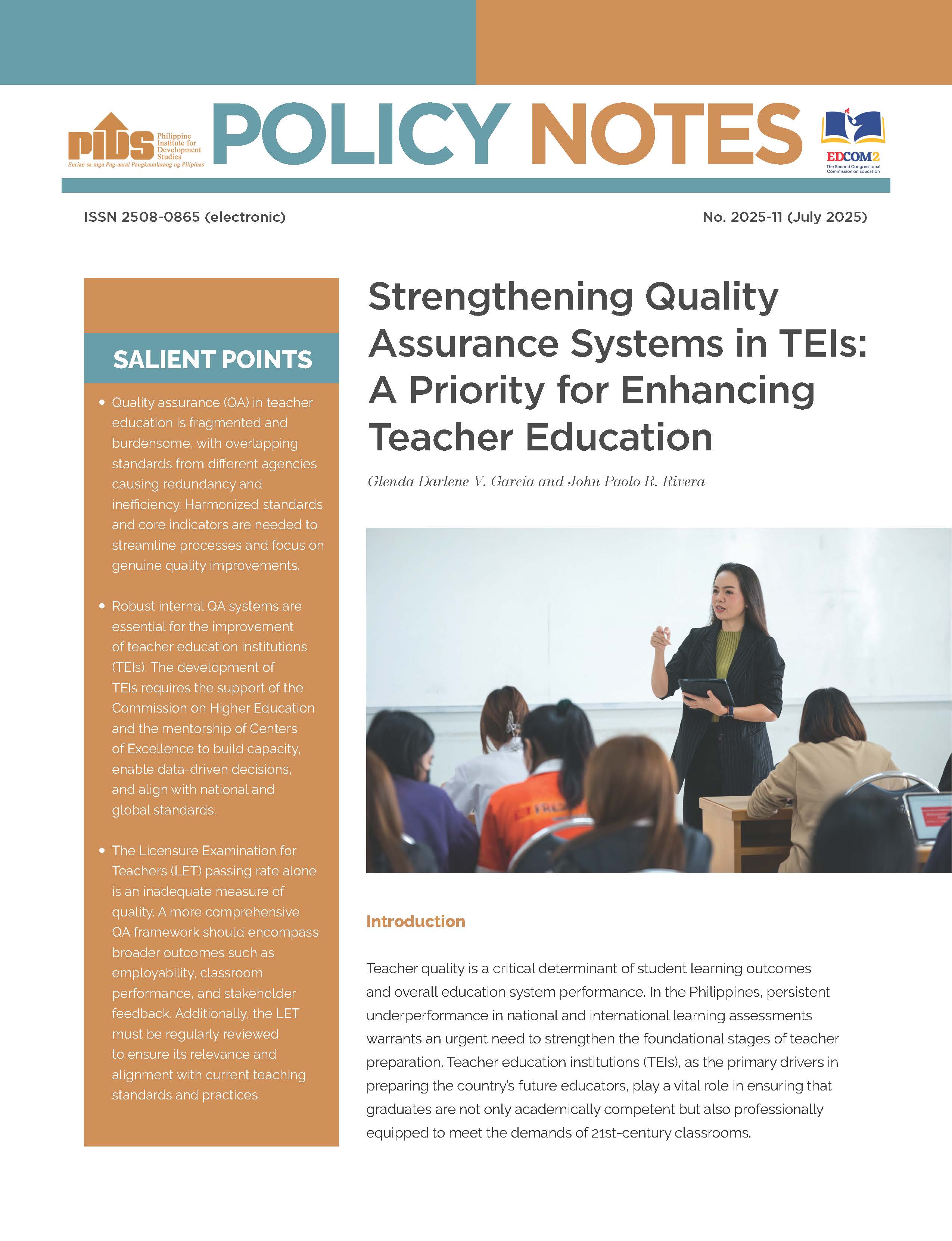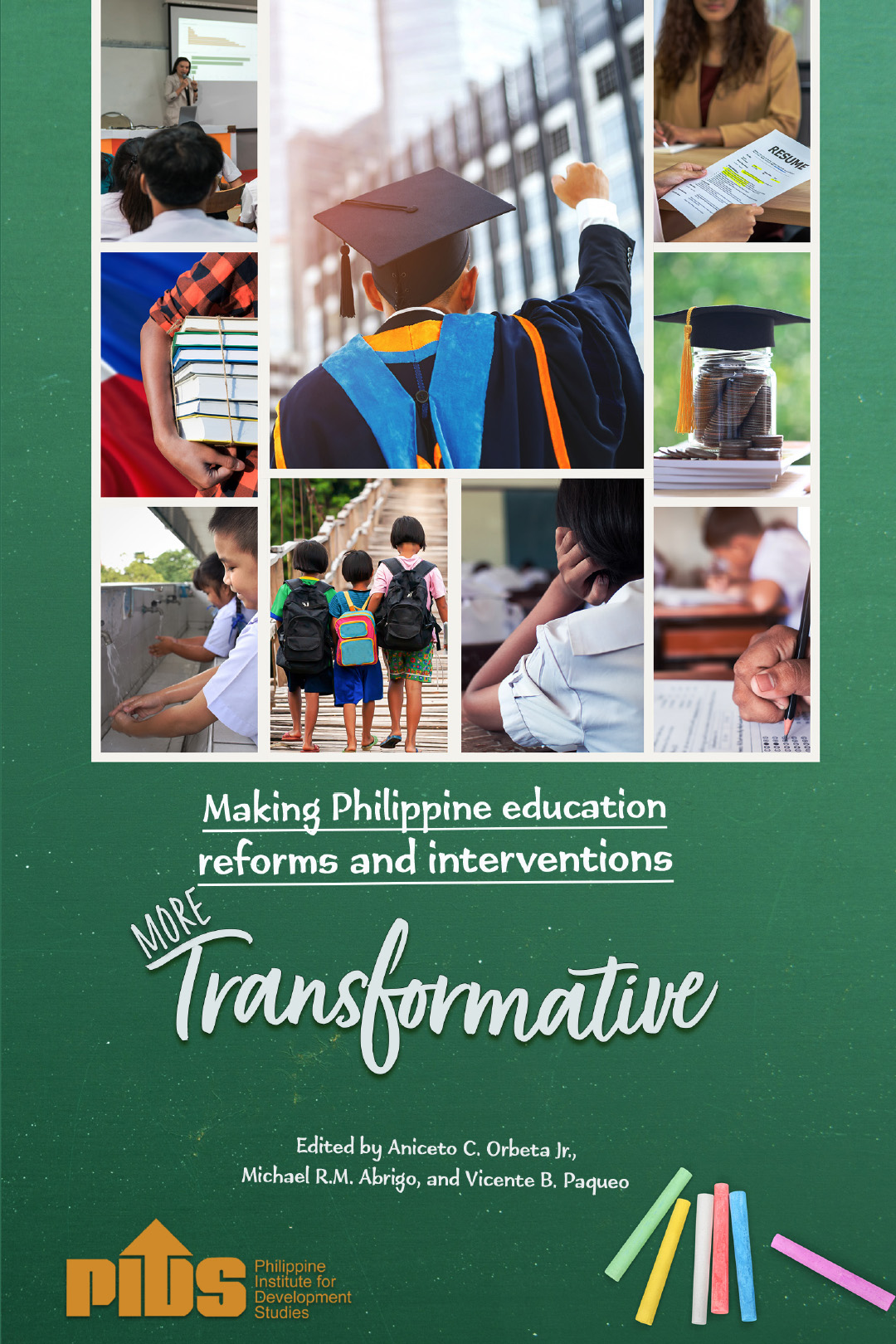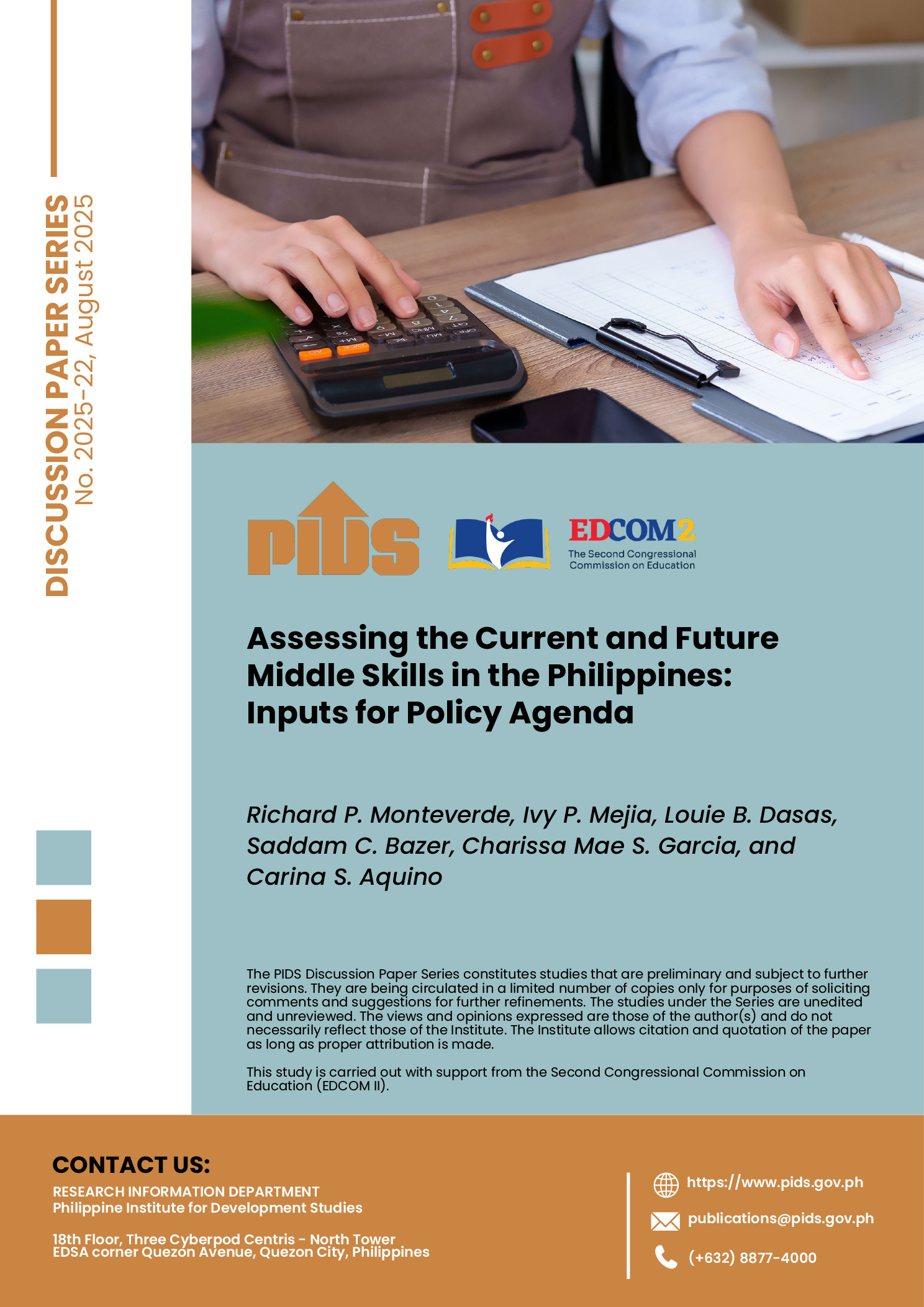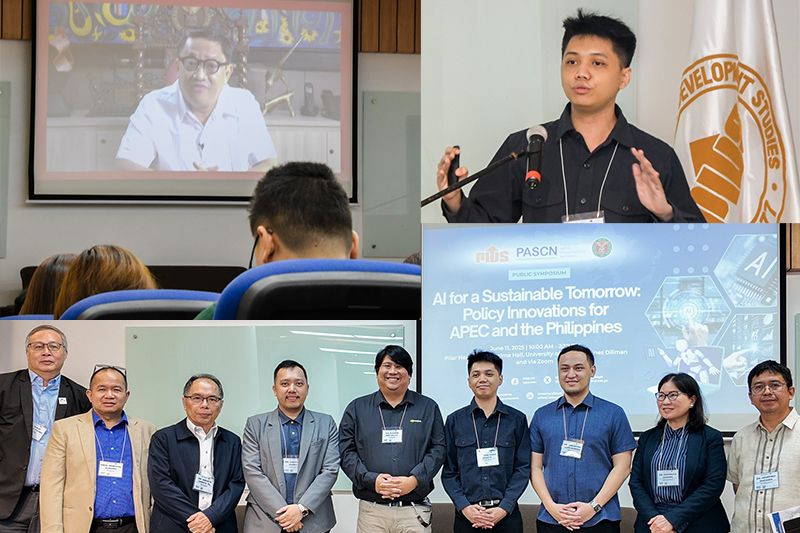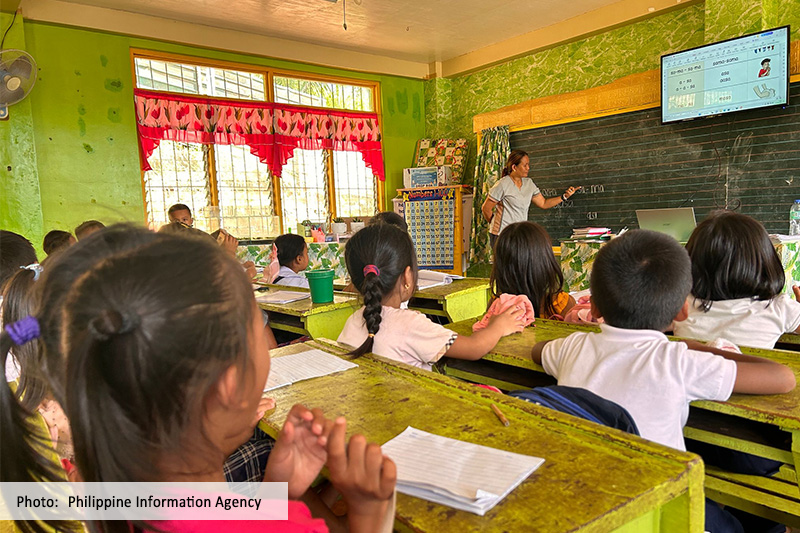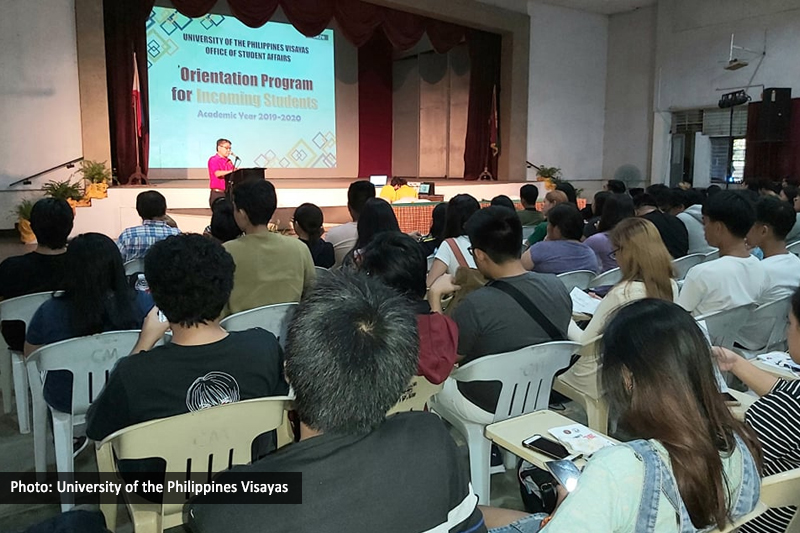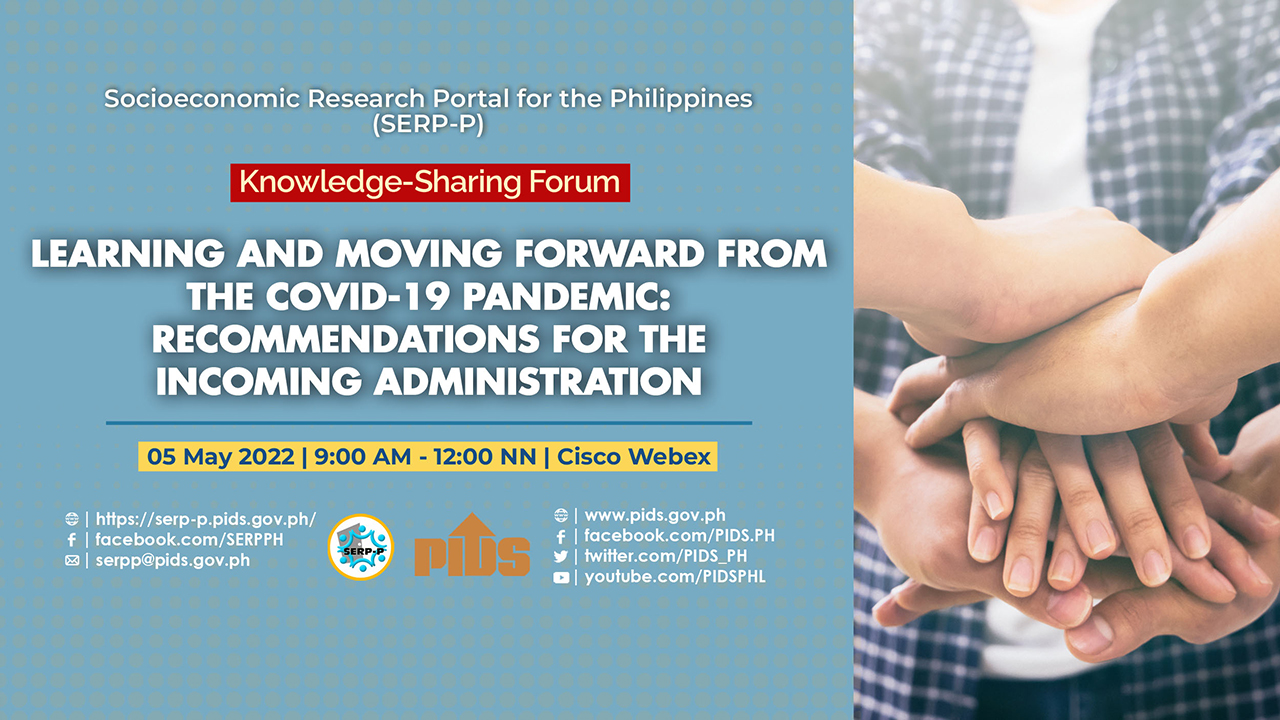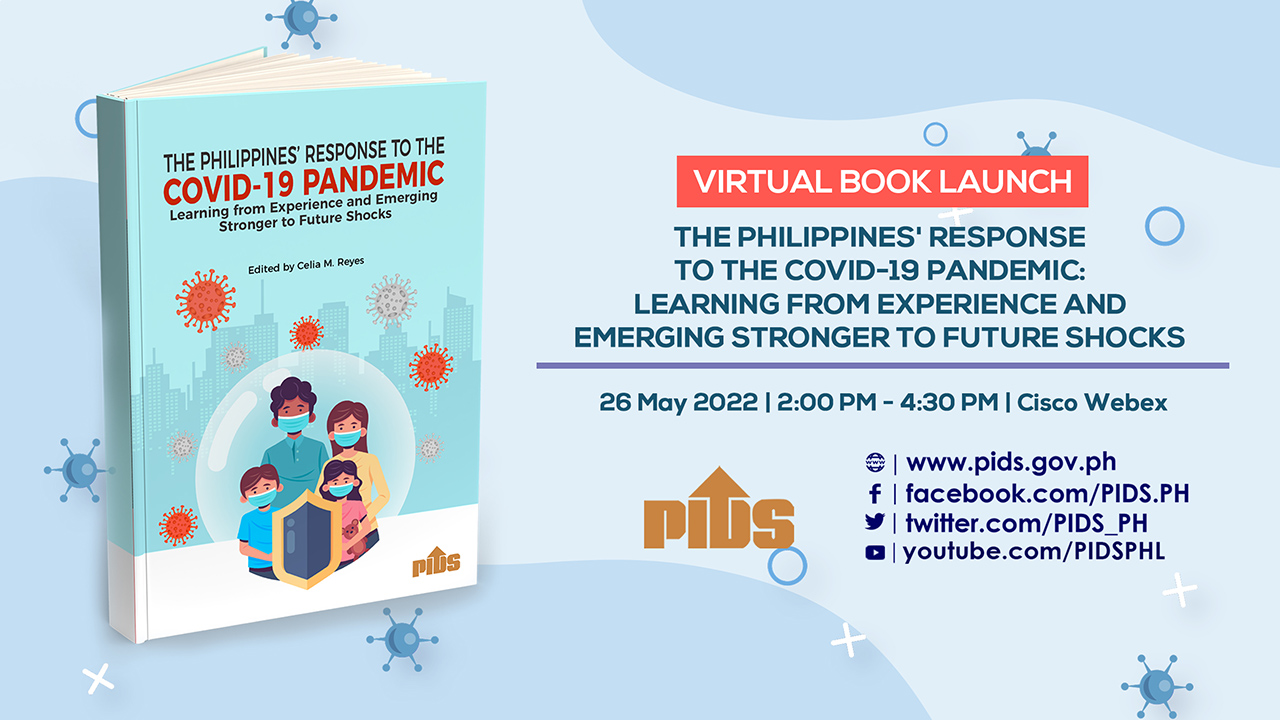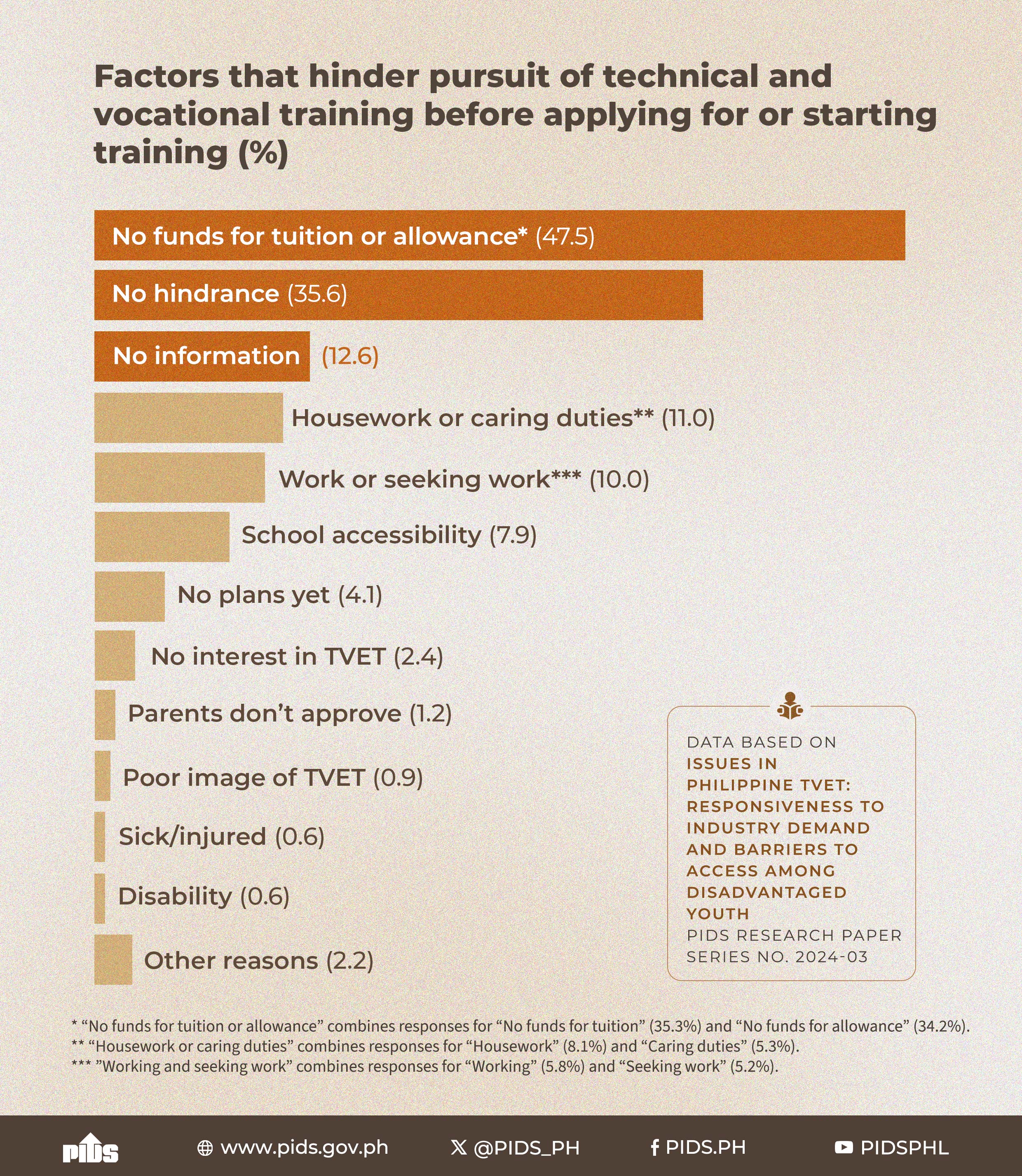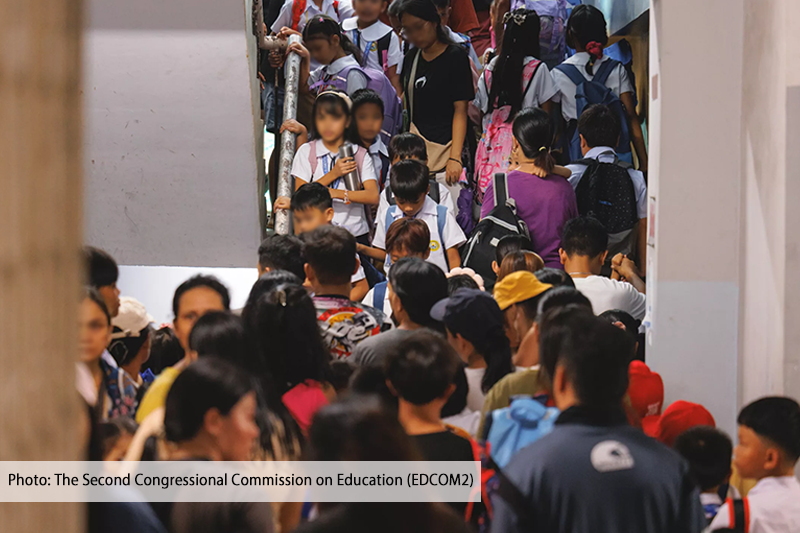
The Philippines must build 7,000 classrooms annually for the next 15 years to resolve severe backlogs and future-proof its education system, according to the Philippine Institute for Development Studies (PIDS).
During a July 3 live podcast at Centro Escolar University titled “Classroom Shortages and Teacher Quality: Kaya Bang Mag-Level Up ng Polisiya?” and hosted by Professor Jose Cris Sotto, PIDS education experts called for long-term, systemic solutions to the country’s decades-old classroom crisis.
“If education is something important to us, as a nation, we should be able to put our heads together to address this issue,” said Dr. Michael Ralph Abrigo, PIDS Senior Research Fellow and lead author of the study, “Low Fertility, Ageing Buildings, and School Congestion in the Philippines,” commissioned by the Second Congressional Commission on Education (EDCOM 2).
Fertility decline helps, but urban congestion persists
The study notes that lower fertility rates and targeted infrastructure projects have reduced national congestion, but overcrowding remains severe in key areas such as Metro Manila, CALABARZON, Region XII, and BARMM.
In 2021, for example, over 90% of students in Northern Manila elementary schools were enrolled in classes with 50 or more pupils, Southern Manila recorded 76.8%, while Eastern Manila logged 60.1%. Nearby provinces like Rizal (66.0%) and Cavite (57.7%) showed similar strain.
The study projects a nationwide decline in school enrollment from 2040 to 2060 due to declining fertility.
“Per the PSA projections, if our Total Fertility Rate drops to around 1.7 by the 2050s, our population will start to decline... With fewer children entering school, we’ll need fewer classrooms and teachers,” Abrigo shared.
But this trend doesn’t apply evenly: regions like BARMM continue to see a rising school-age population, pushing local education systems beyond capacity.
Infrastructure alone won’t cut it
Abrigo stressed that infrastructure must be paired with bold, scalable reforms.
“DepEd is not in the business of constructing buildings. Their mission is improving education, and classrooms are just one part of that,” he said.
He cited public-private partnerships like education vouchers, which offer private school alternatives, to help ease public school congestion.
He also recommended flexible scheduling and shared space agreements for underutilized classrooms.
Abrigo also called for greater national support for under-resourced LGUs, particularly those unable to utilize their Special Education Funds (SEF).
Effective reform, he added, requires transparent, data-driven planning and coordinated infrastructure deployment among government agencies.
“Currently, classroom construction procedures are lengthened by phased budgeting, site verification, bidding, and hazard assessment processes,” he noted.
He recommended a forward-looking master plan, updated regularly to identify locations with impending demand, ensuring classrooms are built ahead of enrollment surges.
Abrigo also highlighted that these plans must consider local nuances—especially in disaster-prone regions—to reduce delays and wasted resources.
Turning demographic shifts into gains
PIDS underscored that a shrinking youth population offers a chance to boost per-capita income—but only if the country invests heavily in education.
The so-called “demographic dividend” refers to the economic growth potential that arises when a country has more working-age people than dependents, like children or the elderly. But this opportunity only pays off if the workforce is healthy, educated, and productively employed.
“The demographic dividend isn’t automatic — we must invest in human capital through education, health, and employment to ensure our future workforce is ready,” said Abrigo.
This means not just increasing education budgets, but rethinking how the system is built and managed, Abrigo added.
“There should be a very strategic project management. It's not just about the budget per se,” he said.
Watch the forum playback at https://bit.ly/pidslive070325, or read the full studies at https://bit.ly/pidsdp2025-10 and https://bit.ly/pidsrps2020-02 –AABM

